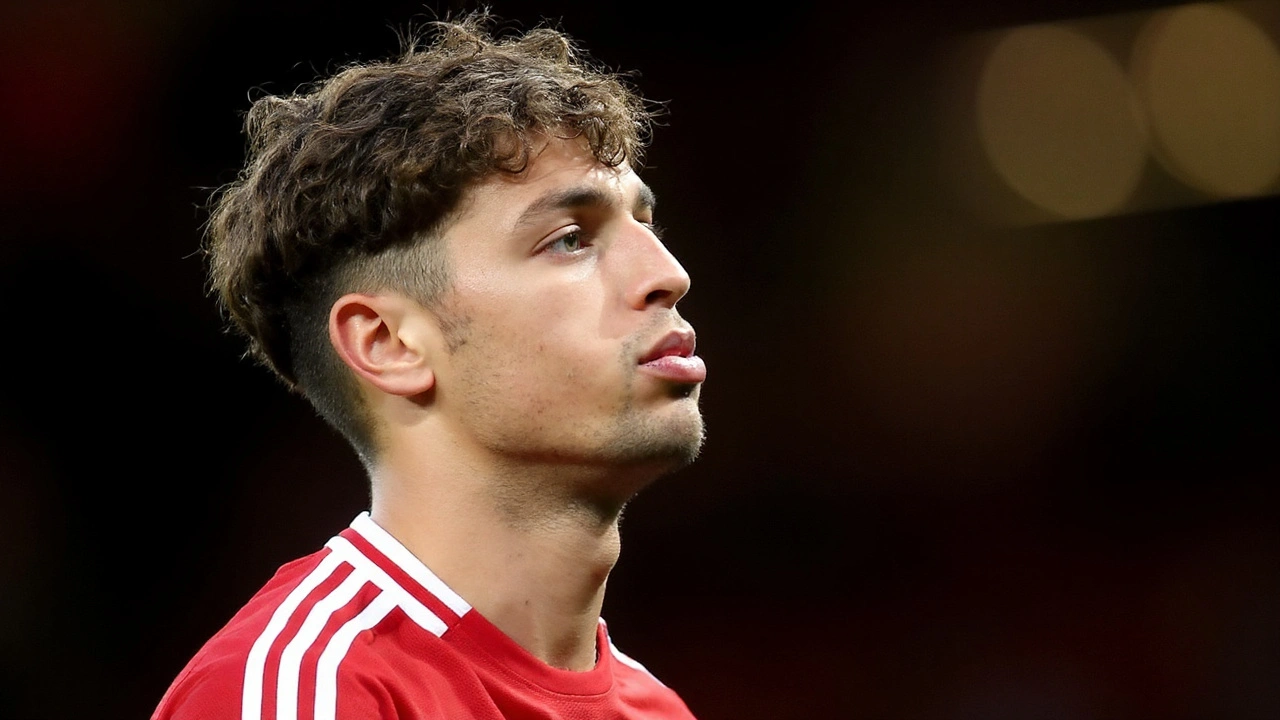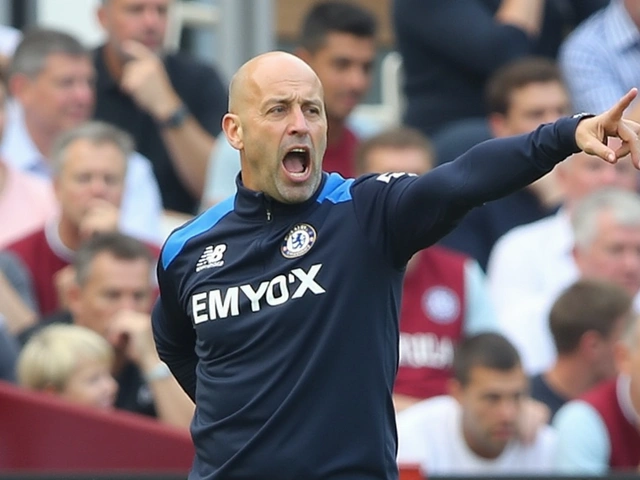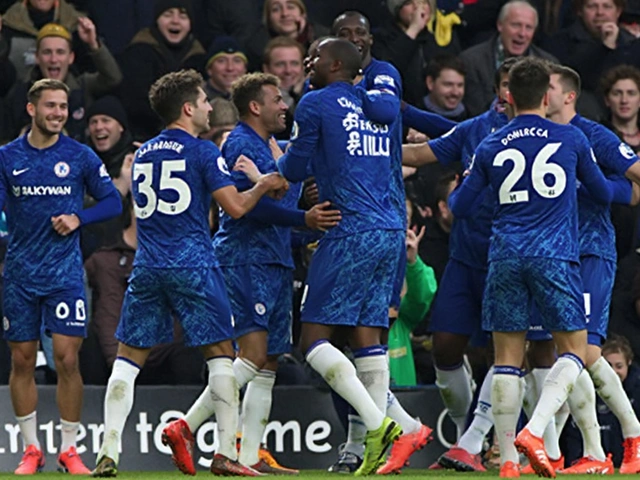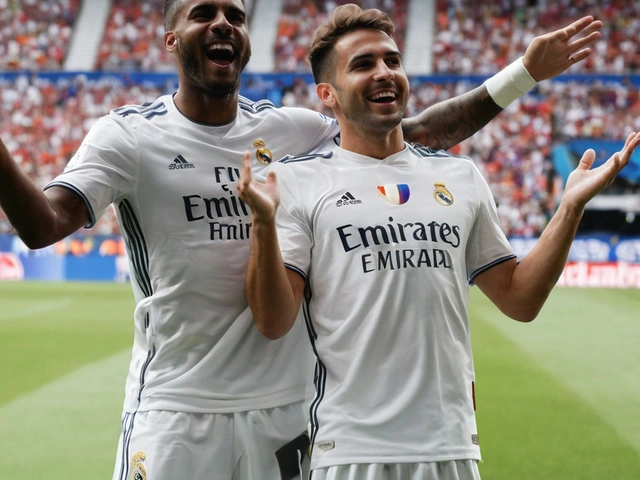Chelsea are on the brink of striking a £35–40 million agreement with Manchester United for Alejandro Garnacho, moving fast after new United manager Ruben Amorim publicly stated the winger is not part of his plans. The 21-year-old has made his preference clear to all suitors: it is Chelsea or nothing. That stance, combined with Amorim’s blunt message, has shifted the leverage toward Stamford Bridge in the final days of the window.
United had hoped to fetch closer to £50 million, mirroring the fee Arsenal paid for Noni Madueke, but the dynamics changed once Garnacho’s exit became a matter of public record. Chelsea, who have been remaking their forward line under Enzo Maresca, have agreed personal terms with Garnacho and carried out background checks on his character and work habits. Only the final steps remain before the deadline on Monday.
Where the deal stands
Both clubs are working through the final details. Negotiations have focused on a straight fee in the mid-to-high 30s, with add-ons discussed to bridge a small gap. Given the timing and the player’s clear stance, there is a strong expectation the agreement will be wrapped up in time for Garnacho to be registered for the opening stretch of the new season.
- Fee: Expected in the £35–40m range after United moved off the original £50m ask.
- Contract: Long-term deal typical of Chelsea’s strategy with young talent, keeping wages in line with age and upside.
- Timing: Completion aimed before Monday’s deadline, with medical and paperwork scheduled once clubs exchange final drafts.
- Competition: Garnacho is set to compete primarily for the left-wing role, with minutes also possible on the right depending on Maresca’s setup.
Chelsea see the Garnacho transfer as a calculated buy: a Premier League-proven wide player still years from his peak, with resale value if the fit is not perfect. The club has targeted young attackers with pace and one‑v‑one threat, betting that development, minutes, and a clear tactical structure will push their output higher in West London.
Garnacho’s path here has been direct. He has told interested clubs he only wants Chelsea, rejecting proposals from Bayern Munich and Saudi Arabia despite potentially higher salaries abroad. He is also focused on winning a spot in Argentina’s squad for their World Cup title defense next summer, and regular minutes at a top Premier League club would boost that case.
United’s situation has been a factor. Amorim, brought in to reset the squad, has prioritized profile and system fit over sentimentality. By publicly ruling out a future for Garnacho, he removed the ambiguity that often drags out summer sagas. But that clarity came with a cost: it softened United’s negotiating position, accelerated Chelsea’s push, and pulled the fee toward the mid-30s.
What it means for Chelsea and United
For Chelsea, this is another piece in a fast-moving rebuild. The club has already added Joao Pedro, Jamie Gittens, and Liam Delap in this window, with the deal for Estevao from Palmeiras finally landing after being agreed last summer. Those signings skew young, quick, and flexible across the front line. Garnacho adds more of the same but with Premier League experience and a direct, aggressive style on the left.
The outgoing side of Chelsea’s plan is just as busy. Noni Madueke and Jadon Sancho have departed, and the club is listening to offers for Nicolas Jackson, Christopher Nkunku, and Tyrique George to trim the squad and balance roles. There is concrete interest in Nkunku from AC Milan, who are in the market for a creative forward capable of playing off the striker or leading the line in certain games. Milan’s interest is at the exploratory stage, but it is a live situation Chelsea must weigh alongside their plan for minutes in the front three.
Nkunku’s case is delicate. He remains a high-ceiling player with a versatile skill set, yet injuries have interrupted his rhythm in England. A sale would depend on fee, salary structure, and whether Chelsea feel they can replace his creativity if he leaves late in the window. For now, the club’s priority is completing Garnacho and making sure the wing positions are properly set for Maresca’s system.
Tactically, Garnacho fits a clear need. Maresca’s sides rely on wide players to stretch the pitch and break compact lines with direct running. Garnacho provides that outlet on the left, attacking full-backs on the outside or driving inside onto his stronger foot. He will likely rotate with Jamie Gittens initially, with selection determined by opponent and form. With Joao Pedro able to drop between the lines and Delap offering vertical runs, the balance of skill sets looks intentional rather than opportunistic.
There is also a financial logic. Chelsea’s recruitment model favors players in their early 20s on long contracts, keeping amortization manageable under Premier League spending rules and preserving value for potential future sales. A sub‑£40m fee for a starting-caliber winger aligns with that approach. It is less risky than a blockbuster number and leaves wiggle room for an additional move before the deadline if sales materialize.
From United’s perspective, moving Garnacho now serves multiple goals. It trims a congested winger group and helps fund Amorim’s reset without carrying a player the manager does not plan to use. The fee, while lower than first targeted, still represents significant income. United can point to the clarity of their direction: when a player is not in the plan, they act, rather than letting uncertainty linger into September.
There are football considerations too. Without Garnacho, United still have options on the flanks, and Amorim’s track record suggests he values wide forwards who press aggressively and make off-ball runs into the box. The manager’s public posture signals a culture shift: clear standards, defined roles, little tolerance for drift. It may sting to lose a popular young player, but it avoids the messy middle.
For the player, this is a big leap with clear upside. Chelsea offer a larger stage, a defined role on the left, and a manager who will demand discipline without curbing his instinct to attack. He will have to adapt to the rhythm of Maresca’s positional play and sharpen his decision-making in the final third, especially against low blocks. But the pathway to regular minutes is visible, and the World Cup carrot next summer is real motivation.
What happens with Nkunku could influence the final shape of the attack. If Milan push and Chelsea sell, Maresca would be leaning even more on Garnacho and Gittens for width, with Joao Pedro’s creative burden increasing. If Nkunku stays, Chelsea have a flexible lineup that can morph from a fluid front three to a boxy shape with a second striker arriving late into the area.
As for timing, Monday’s deadline is the hard stop. Expect fast movement: medical, images, and the usual final checks if the last gap on fee is bridged. United get clarity and cash, Chelsea get a winger they have tracked for months, and a window that looked chaotic a week ago suddenly starts to make sense.
All eyes now are on Stamford Bridge and Carrington. If the paperwork lands when expected, Garnacho will be in blue by the start of next week, and the final hours of the window will shift to exits: Jackson’s future, Nkunku’s suitors, and how Chelsea balance the squad size once the dust settles.





8 Comments
Write a comment